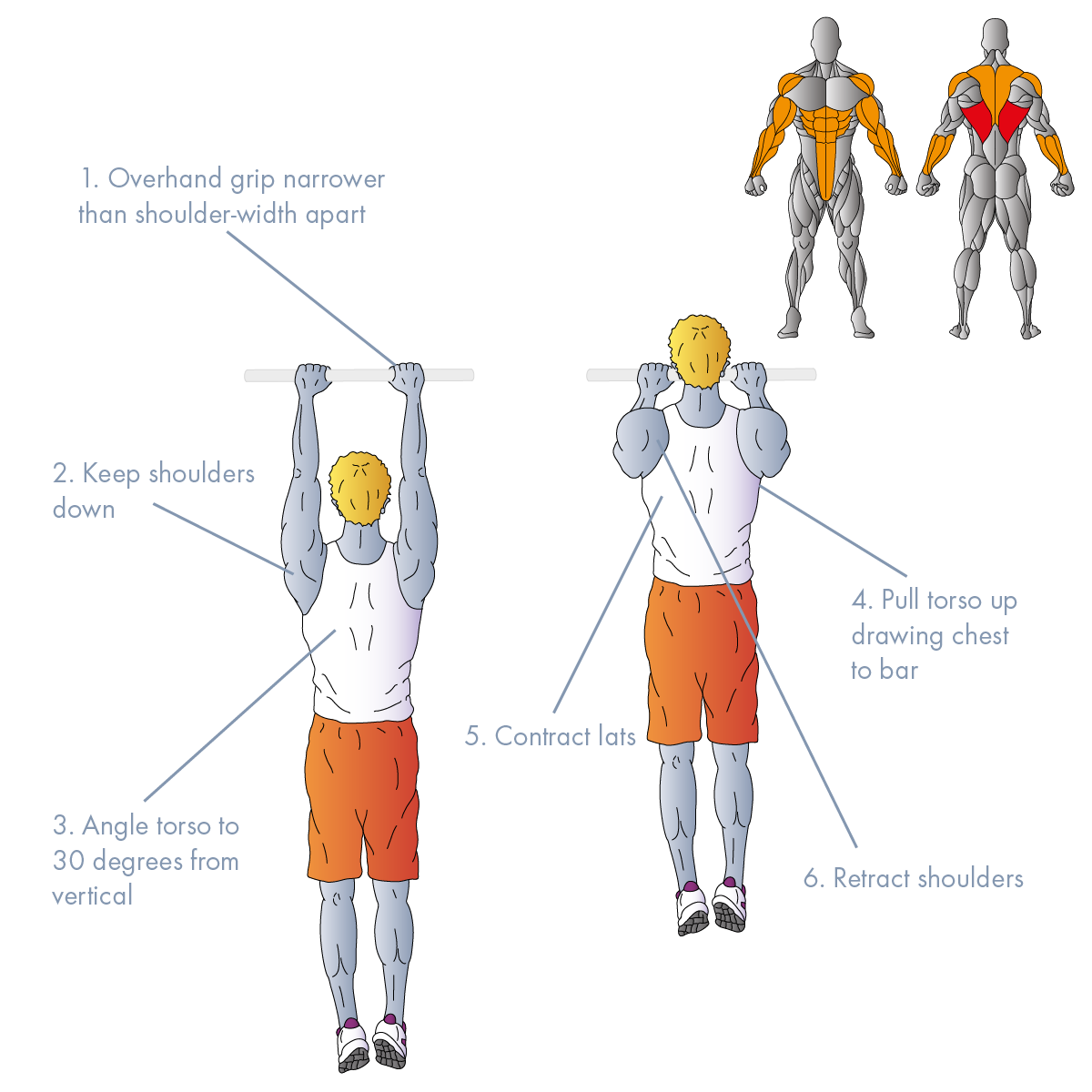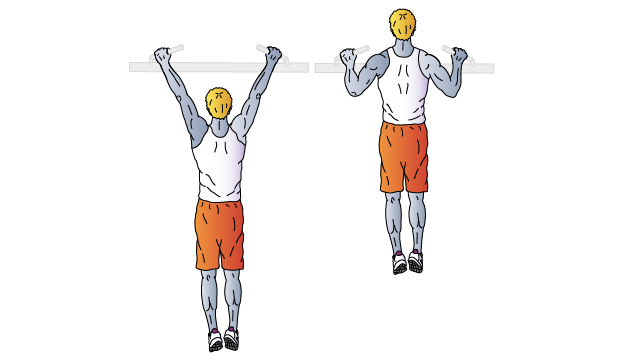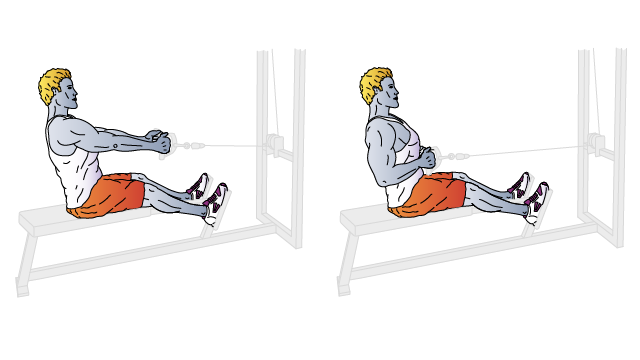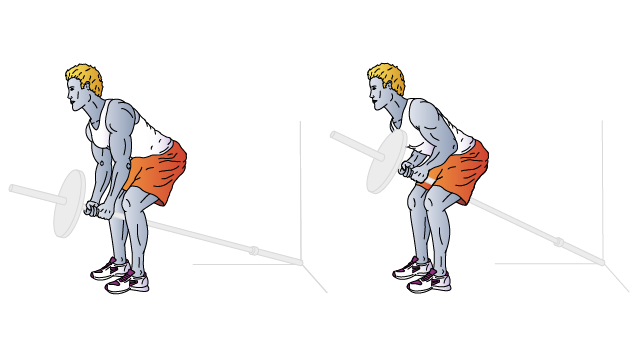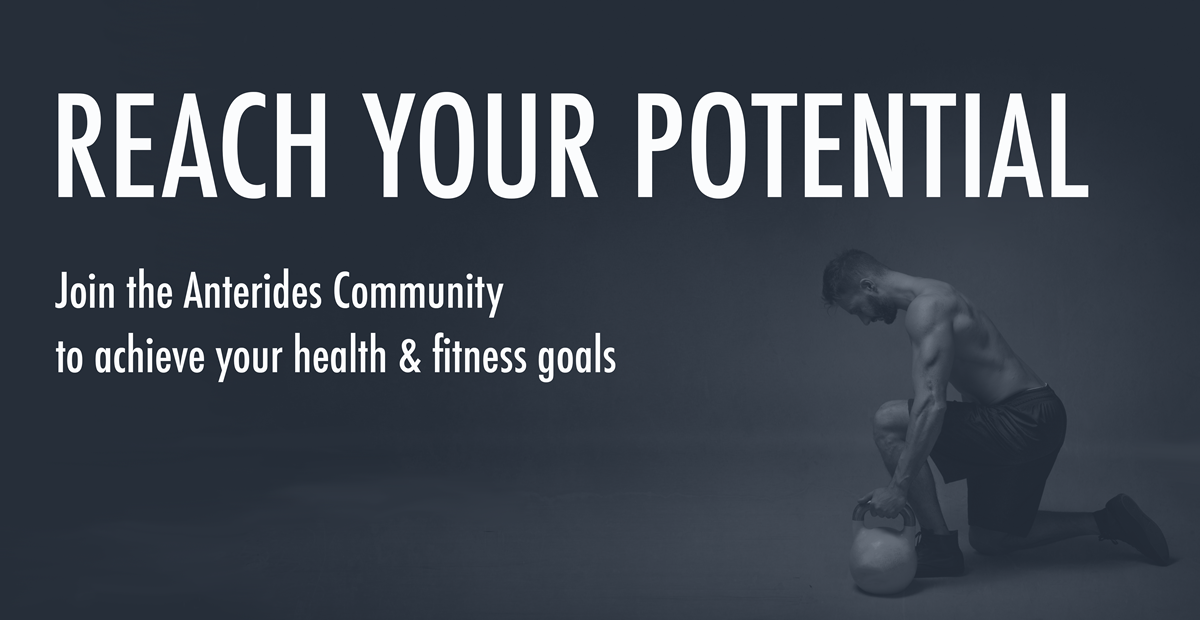CLOSE-GRIP PULL-UP
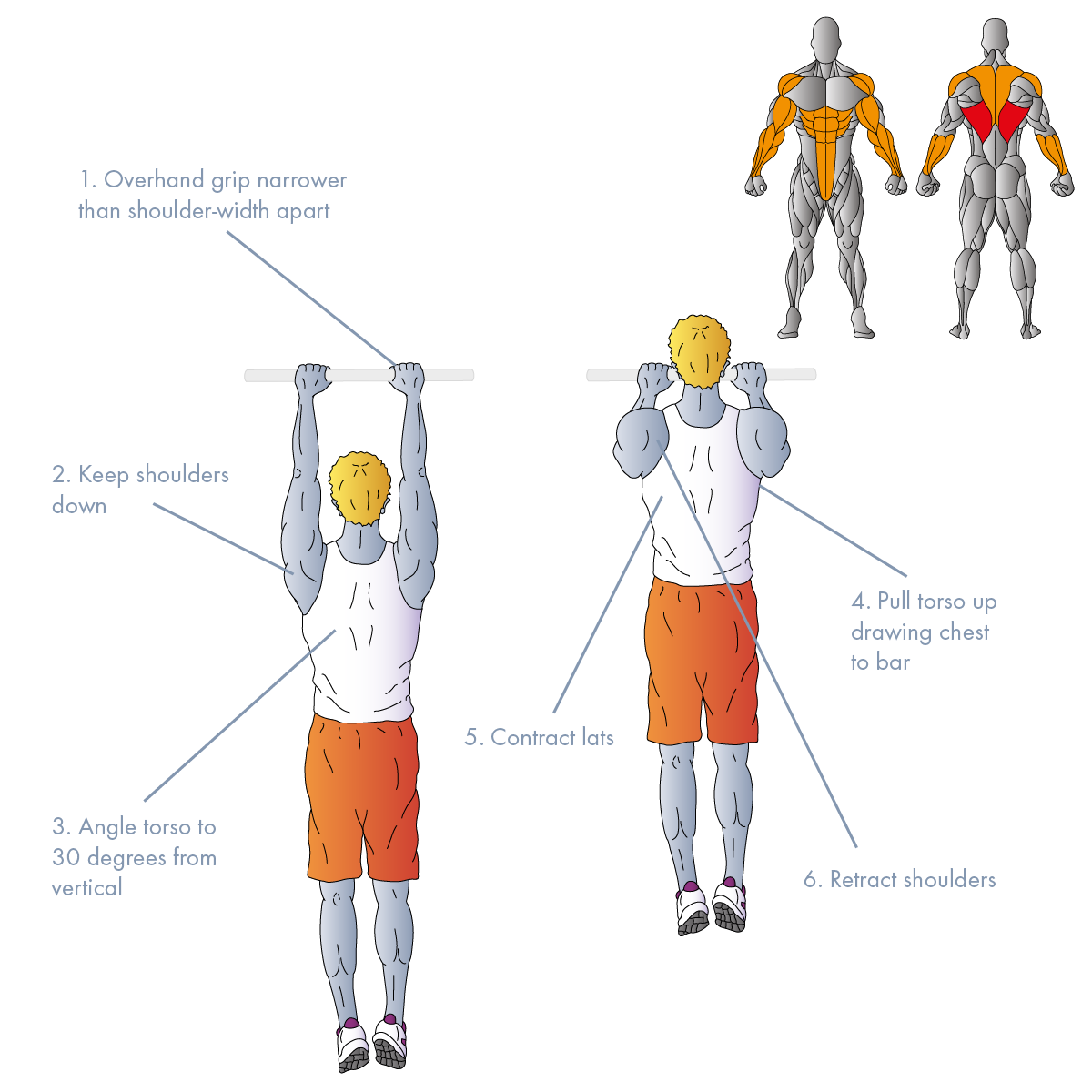
The Pull-Up is universally considered to be one of the best exercises to develop your entire back whilst simultaneously strengthening your biceps, forearms, and core, as well as stabilizing your shoulders. Many people often use the term ‘Pull-Up’ and ‘Chin-Up’ interchangeably; however, they are in fact two distinct exercises. The most notable differences being: 1) GRIP: generally, Pull-Ups use an overhand grip (palms facing away), whilst Chin-Ups use an underhand grip (palms facing you). 2) PULLING PLANE: Pull-Ups use shoulder adduction, where your elbows come down and back from your sides, whilst Chin-Ups use should extension, where your elbows come down and back from your front. Whilst this is a subtle difference, it means the Latissimus Dorsi is worked in slightly different ways meaning that periodically switching between these exercises will yield the best results. 3) TARGET MUSCLES: most people find Chin-Ups easier than Pull-Ups because they place the biceps in a stronger line of pull. Conversely, Pull-Ups place a greater emphasis on your Latissimus Dorsi because your biceps are placed in a weaker line of pull. It should, however, be noted that the difference in emphasis on your biceps between these exercises is only slight, and as such should not be a deciding factor on deciding to perform one over the other.
Whilst the Pull-Up (and Chin-Up) can be performed by raising yourself with the bar in front of you or behind your neck, many voice reservations about the latter. This is because in the majority of cases most individuals do not possess sufficient joint mobility and muscle flexibility to bring the bar behind their head without placing a considerable amount of stress on your shoulders – particularly the rotator cuff muscles. As such, it is best to perform this exercise by pulling yourself up with the bar in front of you unless you have already followed a suitable parallel program to develop sufficient joint mobility and muscle flexibility to perform the behind-the-neck variant.
Even if you are adept at pumping out multiple reps of Chin-Ups you may still need to build up your strength to perform this Pull-Ups variant. This can be achieved using an Assisted Pull-Up Machine (which uses a weight to provide a ‘push’ upwards), or by following a progressive program involving 1) Dead Hangs, 2) Flex Hangs 3) Negative Pull-Ups, 4) Body Rows, 5) Closed-Grip Pull-Ups, and then finally 5) Close-Grip Pull-Ups.
The Close-Grip Pull-Up places your hands at shoulder-width apart (or slightly narrower). As such, the range of motion of this Pull-Up variant exercise is greater than the wide-grip variant. This means that your torso can be raised higher to bring the bar close to your chest at the top of the lift, and lowered further down at the bottom of the lift.
Skill Level: Intermediate-Advanced
Training: Strength
Type: Compound
Force: Pull
Equipment: Pull-Up bar
1° Muscles: Latissimus Dorsi, Rhomboids
2° Muscles: Biceps Brachii, Forearms, Deltoids, Middle Back, Core Muscles
SET-UP
- Stand on a block (as required) so that you can reach the pull-up bar with extended arms.
- Grasp the pull-up bar with an overhand grip (palms facing forward), with your hands shoulder-width apart.
- Step off the block to suspend your body from the bar by your fully extended arms.
- Angle your torso around 30 degrees from vertical by sticking your chest up and bringing your legs forward – your spine may extend very slightly.
- Keep your shoulders down.
EXECUTION
- Inhale and position your head in a neutral position looking up towards the bar.
- Immediately exhale as you slowly pull your torso up, drawing your shoulders and upper arms down and back.
- Continue to raise your torso by focusing on contracting your Latissimus Dorsi and drive your elbows behind until your chin clears the bar.
- At the top of the lift retract your shoulder blades, and pull your upper chest towards the bar.
- Inhale as you slowly lower yourself back to the start position where you should come to a dead hang (arms fully extended and Latissimus Dorsi fully stretched).
- Repeat for the prescribed number of reps and sets.
- Some find using a ‘hook grip’ (thumbs go over the bar, rather than under) makes this exercise easier on the forearms.
- Each rep should start from a stationary dead hang (arms fully extended).
- Do not pull through your wrists or forearms, they should simply function to hold the bar.
- Move through the full range of motion. You should pull yourself up all the way (your upper chest pulled towards the bar), and lower yourself all the way down (your arms are fully extended).
- Avoid rounding your back as you raise your torso by keeping your chest up and shoulders back.
- For greater emphasis on your rhomboids pull your sternum (middle chest) up to the bar, pulling your shoulders back, and sticking your chest out – this is sometimes referred to as the Sternum Pull-Up.
- Assisted Pull-Up Machine
- Band-Assisted Chin-Up
- Chin-Up
- Lat Pull Down
- Wide-Grip Lat Pull Down
- Wide-Grip Pull-Up

